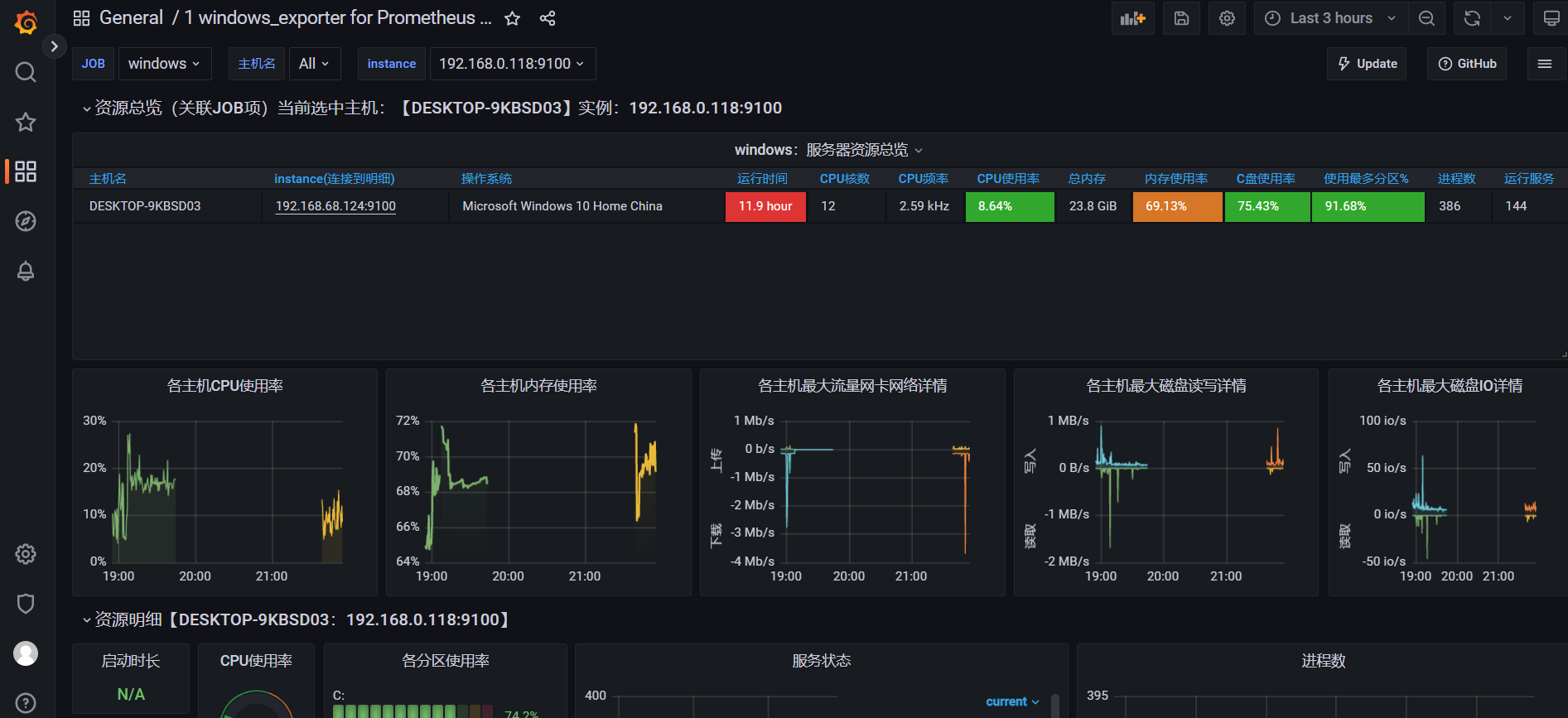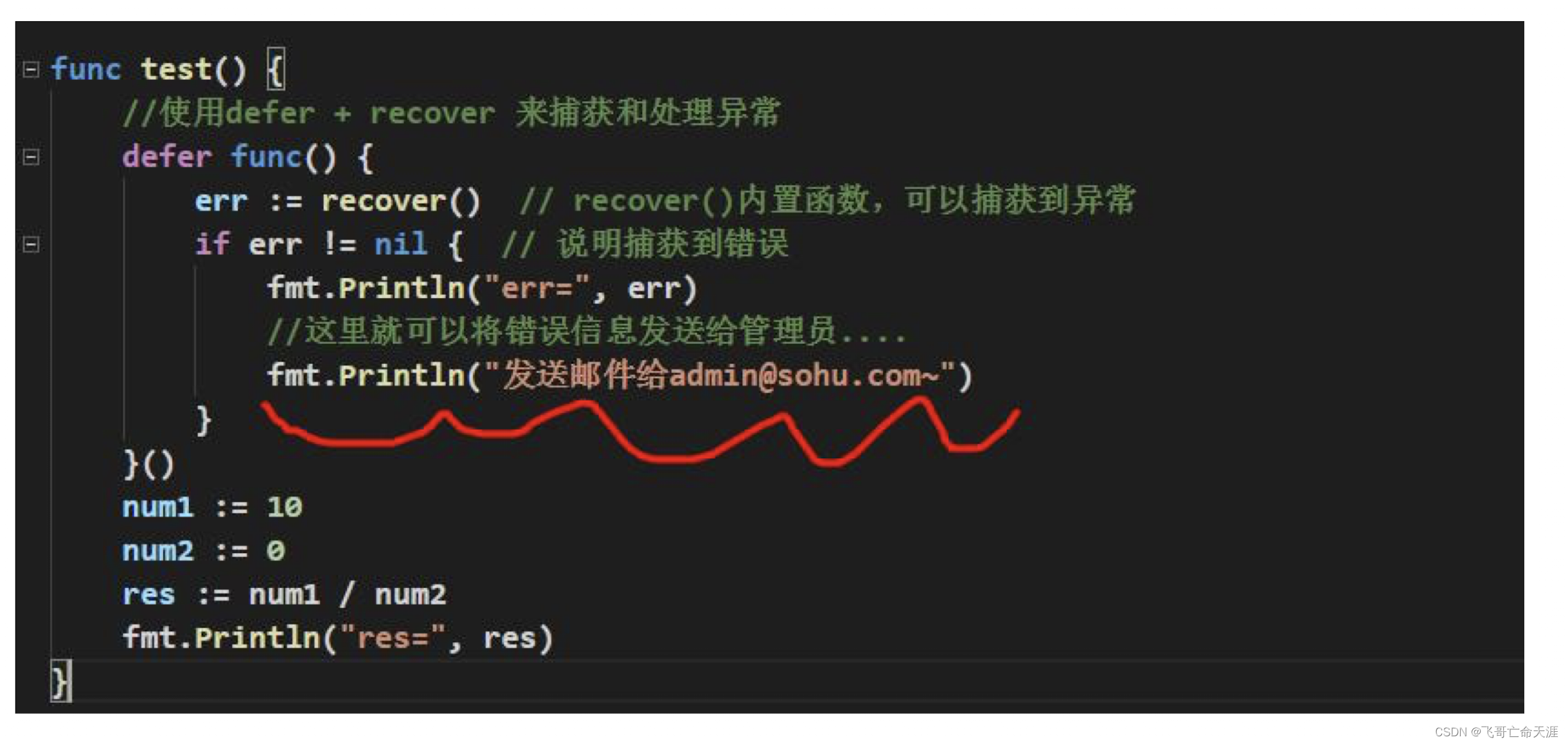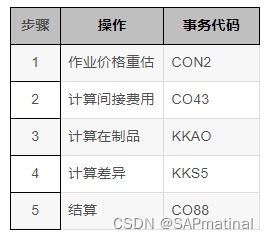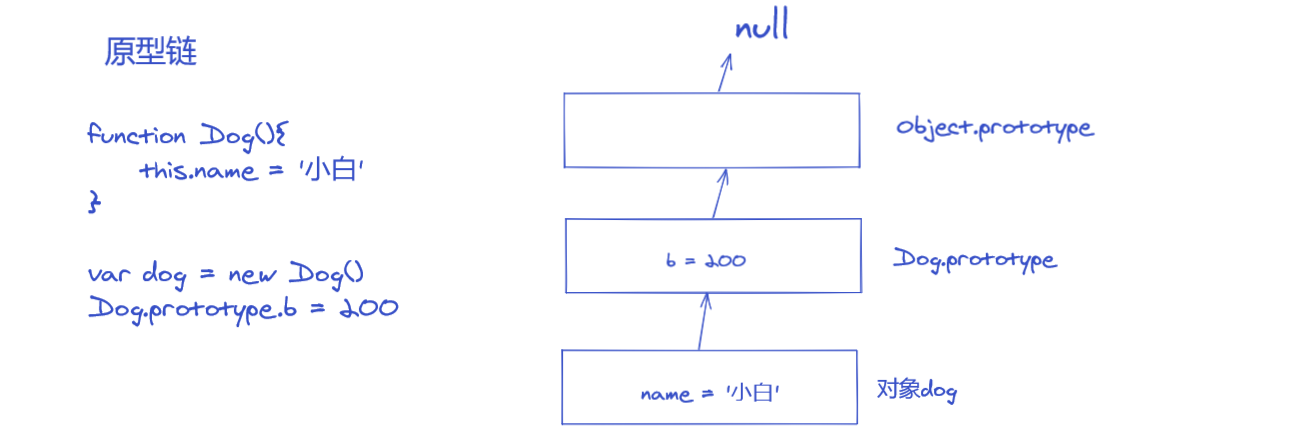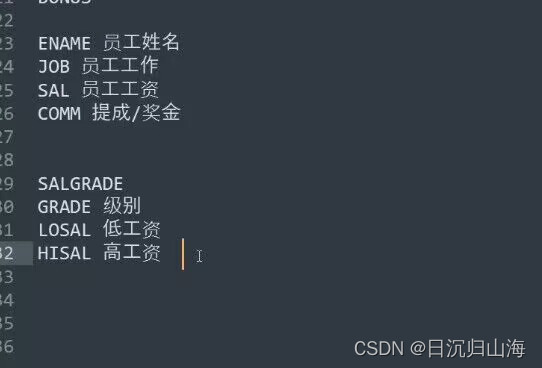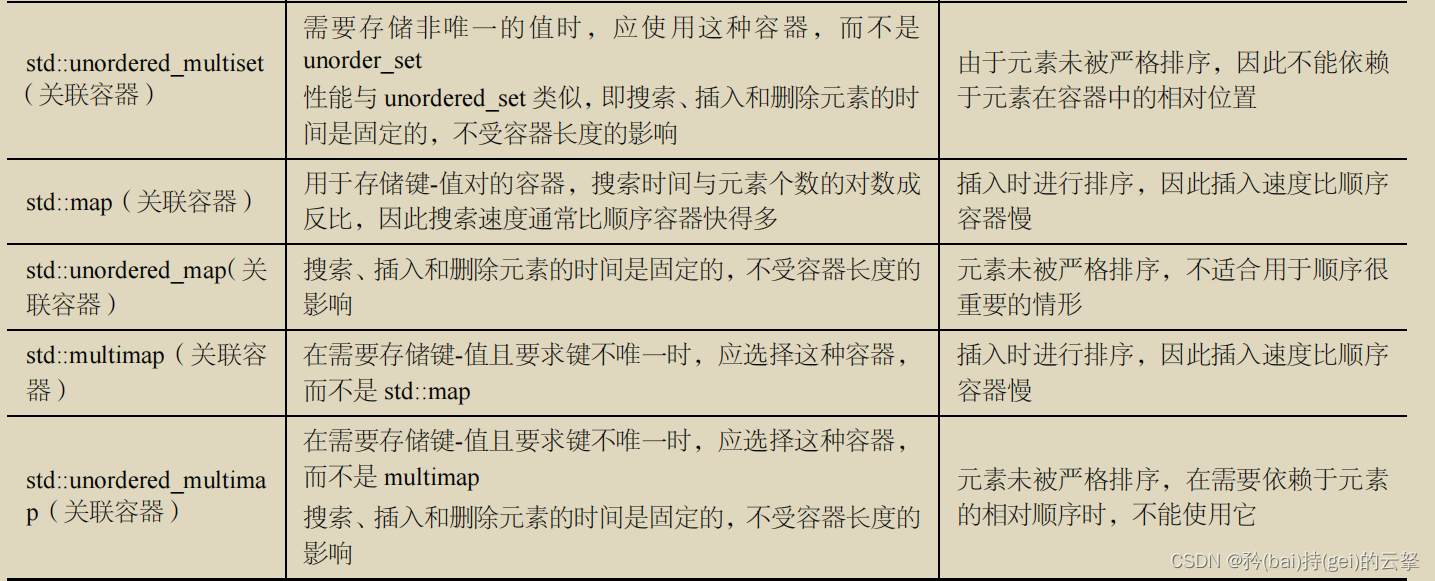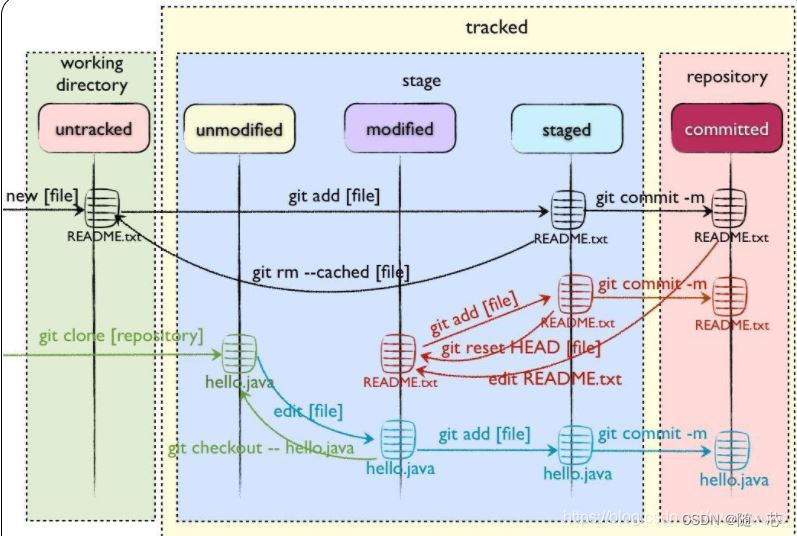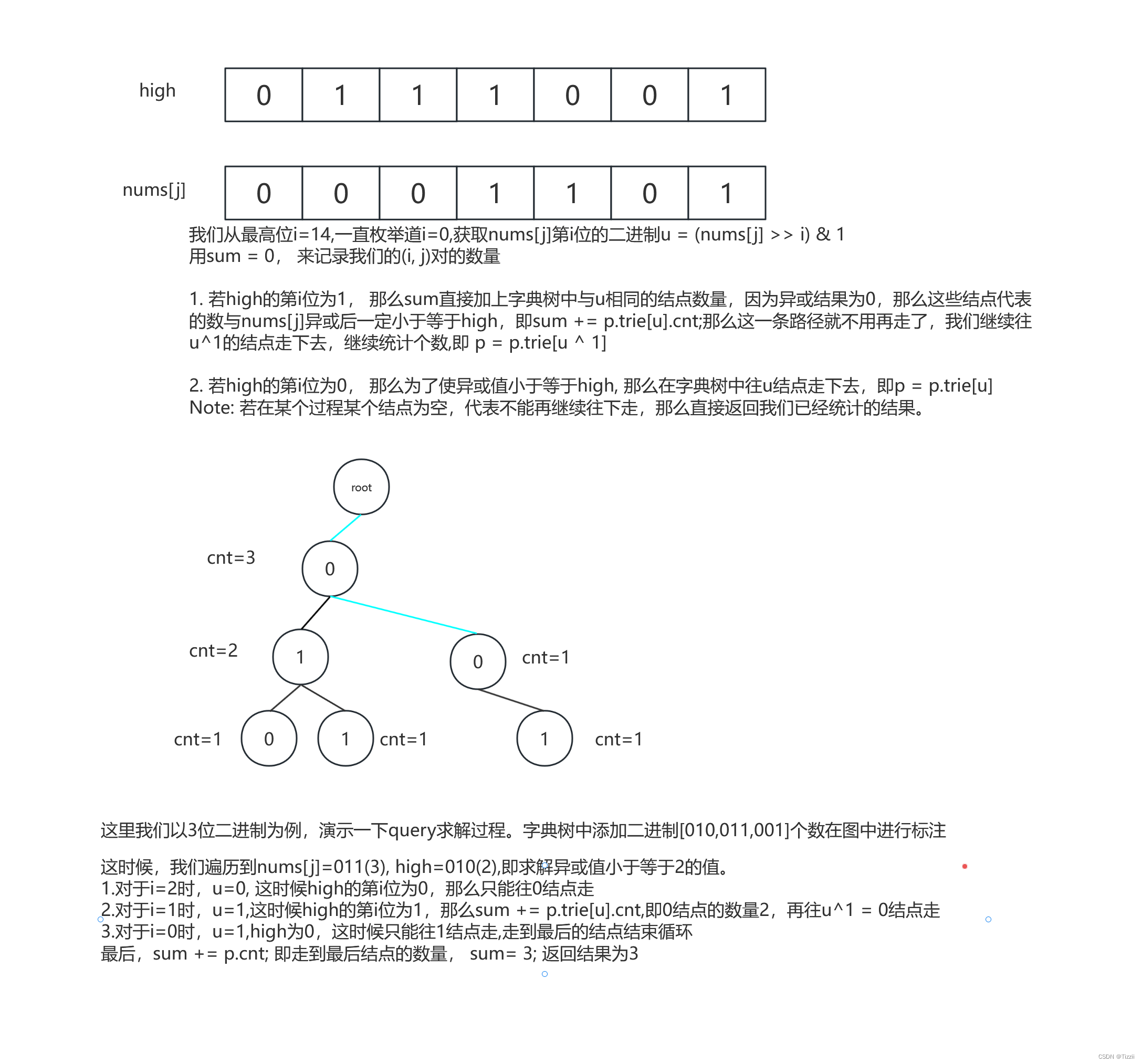ansible-playbook
- 7.1 roles(角色)
- 7.1.1 Ansible Roles 介绍
- 7.1.2 Roles结构
- 7.1.3 存储和查找角色
- 7.1.4 制作一个Role
- 7.1.5 使用角色
- 7.1.5.1 经典方法
- 7.1.5.2 import_role
- 7.1.6 如何使用Galaxy
7.1 roles(角色)
7.1.1 Ansible Roles 介绍
一个数据中心有可能存在好多类型的服务器。比如WEB类型、DB类型、开发人员使用的开发类型、QA使用的测试类型等等。如果每个类型的服务器的初始化行为都不一致,那要在一个PlayBook中将这些动作完成,这个PlayBook将变得臃肿、庞大,且难以后续维护和更新。如果能够针对每个类型的服务器单独编写PlayBook,最后通过某种方式整合这PlayBook, 在管理方式上就又会变得简单。
Ansible中提供了类似的概念,也就是Role。它允许管理员将他们复杂的PlayBook分解成一个个小的逻辑单元, 以便于维护和管理。
Roles是ansible自1.2版本引入的新特性,用于层次性,结构化地组织playbook,roles能够根据层次型结构自动自动装在变量文件、tasks以及handlers等。要使用roles只需要在playbook中使用include指令即可。简单来讲,roles就是通过分别将变量、文件、任务、模板及处理器放置于单独的目录中并可以便捷地include他们的一种机制,角色一般用于主机构建服务的场景中,但也可以是用于构建守护进程等场景中。
7.1.2 Roles结构
Role是什么?
从表面上看,它就是一个目录。目录的名字也就是role的名字叫做webservers。进到这个role名字的目录里,会发现好多子目录。
使用时,每个目录必须包含一个main.yml文件,这个文件应该包含如下目录名称对应的内容:
- tasks: 存放 task 任务,包含角色要执行的任务的主要列表 ,tasks/main.yml -角色执行的主要任务列表,此文件可以使用 include包含其他的位于此目录中的tasks文件;
- handlers: 存放 handlers 任务,包含处理程序,此角色甚至该角色之外的任何地方都可以使用这些处理程序
- files: 存放 task 中引用的文件,包含可以通过此角色部署的文件
- templages: 存放 task 中引用的模板
- meta: 存在 role 的依赖role(这个role 执行前,要先执行那个role)
- vars: 存放 role 的其他变量
- defaults: 存在 role 的默认变量
- library/my_module.py-模块,可以在该角色中使用
角色必须至少包含这些目录之一,但是最好排除任何未使用的目录。
- tasks 文件夹中的 main.yml 文件
- name: 安装 nginx
yum: name=nginx state=present
- name: 利用模板文件,设置主配置文件
template:
src: "{{ main_conf }}"
dest: /etc/nginx/nginx.conf
tags: update
notify: reload nginx server
- name: check nginx syntax
shell: /usr/sbin/nginx -t
register: nginxsyntax
tags: update
- name: 启动 nginx 服务
when: nginxsyntax.rc == 0
systemd: name=nginx state=started
- handlers 文件夹中的main.yml 文件
- name: reload nginx server
service: name=nginx state=reloaded
when: nginxsyntax.rc == 0
- files 文件夹存放文件
存放 default.conf 配置文件
- templates 文件夹存放模板
存放 nginx.conf.j2 模板
- vars 文件夹中的 main.yml 文件
main_conf: nginx.conf.j2
sub_conf: default.conf
7.1.3 存储和查找角色
默认情况下,Ansible在两个位置查找角色:
- roles/相对于剧本文件位于名为的目录中
- 在 /etc/ansible/roles
如果您将角色存储在其他位置,请设置role_path配置选项,以便Ansible可以找到您的角色。将共享角色检入一个位置可以使它们更容易在多个剧本中使用。有关在ansible.cfg中管理设置的详细信息,请参见配置Ansible。
[root@dbc-server-554 ansible]# cat /etc/ansible/ansible.cfg |grep roles_path
#roles_path = /etc/ansible/roles
或者,您可以使用完全限定的路径来调用角色:
---
- hosts: webservers
roles:
- role: '/path/to/my/roles/common'
或者
---
- hosts: webservers
roles:
- { role: '/path/to/my/roles/common' }
7.1.4 制作一个Role
最终优化的PlayBook
---
- name: task control playbook example
hosts: web_servers
vars:
createuser:
- tomcat
- www
- mysql
tasks:
- name: create user
user: name={{ item }} state=present
with_items: ""{{ createuser }}""
- name: yum nginx webserver
yum: name=nginx state=present
- name: update nginx main config
copy: src=nginx.conf dest=/etc/nginx/
tags: update
notify: reload nginx server
- name: check nginx syntax
shell: /usr/sbin/nginx -t
register: nginxsyntax
tags: update
- name: check nginx running
stat: path=/var/lock/subsys/nginx
register: nginxrunning
tags: update
- name: print nginx syntax
debug: var=nginxsyntax
- name: start nginx server
service: name=nginx state=started
when: nginxsyntax.rc == 0 and nginxrunning.stat.exists == false
handlers:
- name: reload nginx server
service: name=nginx state=reloaded
when: nginxsyntax.rc == 0 and nginxrunning.stat.exists == true
分解这个PlayBook,命名role的名字为nginx
[root@dbc-server-554 ansible]# mkdir nginx
[root@dbc-server-554 ansible]# cd nginx/
[root@dbc-server-554 nginx]# mkdir {file,handlers,tasks,templates,vars}
[root@dbc-server-554 nginx]# for d in `ls`;do
> touch ${d}/main.yml
> done
[root@dbc-server-554 nginx]# ls -R
.:
file handlers tasks templates vars
./file:
main.yml
./handlers:
main.yml
./tasks:
main.yml
./templates:
main.yml
./vars:
main.yml
经过以上对PlayBook 的拆分,就形成了一个nginx 的 role。
回到本章开始的问题,当一个数据中心存在多种类型的服务器时,我们可以针对每个类型去单独写一个ROLE,这些ROLE 有可能分给不同的人去开发,这样不但使开发的逻辑变得简单,且开发效率也随着人员的增加而提升。
7.1.5 使用角色
可以通过三种方式使用角色:
- 在播放级别具有以下roles选项:这是在播放中使用角色的经典方法。
- 在任务级别上使用include_role:您可以在tasks播放区域的任何地方使用include_role。
- 在任务级别上使用import_role:您可以在tasks剧本部分的任何位置静态重用角色import_role。
7.1.5.1 经典方法
使用角色的经典(原始)方法是roles给定播放的选项:
---
- hosts: servers
roles:
- foo
- bar
- foo
roles在播放级别使用该选项时,对于每个角色x:
- 如果存在
role/x/tasks/main.yml,则Ansible将该文件中的任务添加到播放中。- 如果存在
role/x/handlers/main.yml,则Ansible将该文件中的处理程序添加到播放中。- 如果存在
role/x/vars/main.yml,则Ansible将该文件中的变量添加到播放中。- 如果存在
role/x/defaults/main.yml,则Ansible将该文件中的变量添加到播放中。- 如果存在
role/x/meta/main.yml,则Ansible将该文件中的所有角色依赖项添加到角色列表中。
在角色中,任何副本、脚本、模板或包含任务都可以引用role/x/{文件,模板,任务} /(目录取决于任务)中的文件,而不必相对或绝对地进行路径设置。
[root@dbc-server-554 ansible]# cat nginx.yml
---
- name: a playbook used role
hosts: all
gather_facts: yes
roles:
- nginx
[root@dbc-server-554 ansible]# ansible-playbook nginx.yml
PLAY [a playbook used role] ********************************************************************************************
TASK [Gathering Facts] *************************************************************************************************
ok: [192.168.71.183]
TASK [安装 nginx] ********************************************************************************************************
ok: [192.168.71.183]
TASK [nginx : 利用模板文件,设置主配置文件] ******************************************************************************************
ok: [192.168.71.183]
TASK [check nginx syntax] **********************************************************************************************
changed: [192.168.71.183]
TASK [启动 nginx 服务] *****************************************************************************************************
ok: [192.168.71.183]
PLAY RECAP *************************************************************************************************************
192.168.71.183 : ok=5 changed=1 unreachable=0 failed=0 skipped=0 rescued=0 ignored=0
7.1.5.2 import_role
在playbook中给定 import_role 属性,必须放在tasks里面
这种方法适用于Ansible 2.4及以上
[root@dbc-server-554 ansible]# cat nginx2.yml
- name: a playbook used role
hosts: db
tasks:
- debug:
msg: "before we run our role"
- import_role:
name: nginx #角色名字
- debug:
msg: "after we ran out role"
[root@dbc-server-554 ansible]# ansible-playbook nginx2.yml
#效果同上
7.1.6 如何使用Galaxy
Ansible的galaxy 工具,类似程序员使用的github。运维人员可以将自己编写的Role通过galaxy这个平台进行分享。同样,我们也可以通过galaxy 这个平台去获取一些我们想要的role。官网为:https://galaxy.ansible.com
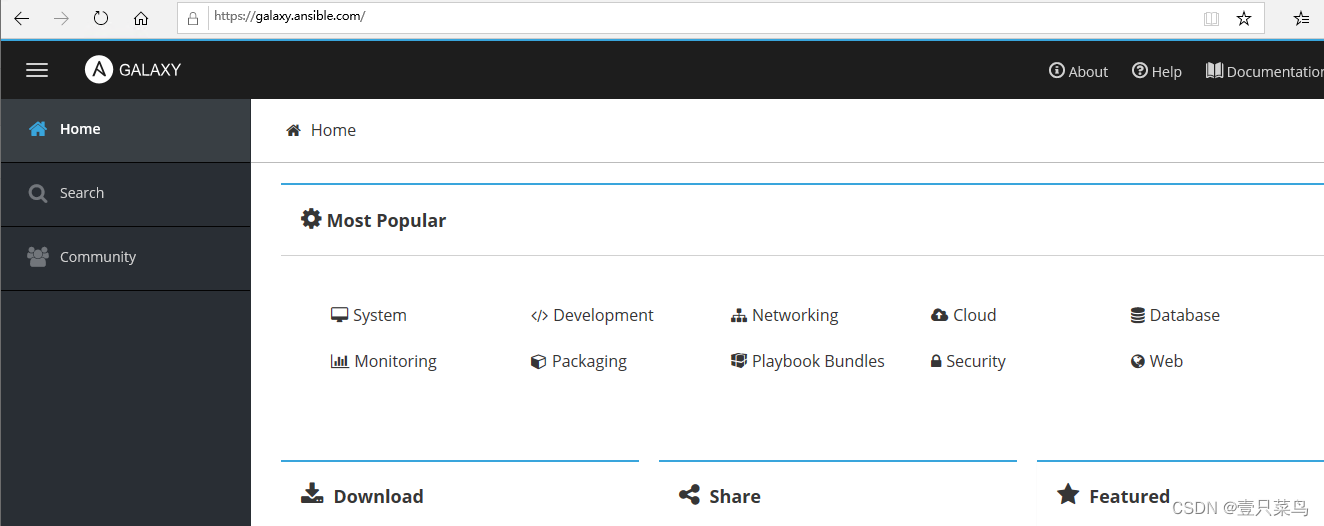
而ansible-galaxy 则是一个使用 galaxy 命令行的工具。它使我们不用访问galaxy 的网站而获取到需要的内容。
接下来我们将通过 ansible-galaxy 这个命令行去学习galaxy的使用。
[root@dbc-server-554 ansible]# ansible-galaxy --help
usage: ansible-galaxy [-h] [--version] [-v] TYPE ...
Perform various Role and Collection related operations.
positional arguments:
TYPE
collection Manage an Ansible Galaxy collection.
role Manage an Ansible Galaxy role.
optional arguments:
--version show program's version number, config file location,
configured module search path, module location, executable
location and exit
-h, --help show this help message and exit
-v, --verbose verbose mode (-vvv for more, -vvvv to enable connection
debugging)
在 ansible-galaxy 子命令 --help 中可以看到子指令
子指令包含: delete|import|info|init|install|list|login|remove|search|setup
ansible-galaxy delete|import|info|init|install|list|login|remove|search|setup --help
[root@dbc-server-554 ansible]# ansible-galaxy role -h
usage: ansible-galaxy role [-h] ROLE_ACTION ...
positional arguments:
ROLE_ACTION
init Initialize new role with the base structure of a role.
remove Delete roles from roles_path.
delete Removes the role from Galaxy. It does not remove or alter the
actual GitHub repository.
list Show the name and version of each role installed in the
roles_path.
search Search the Galaxy database by tags, platforms, author and
multiple keywords.
import Import a role
setup Manage the integration between Galaxy and the given source.
info View more details about a specific role.
install Install role(s) from file(s), URL(s) or Ansible Galaxy
optional arguments:
-h, --help show this help message and exit
[root@dbc-server-554 ansible]# ansible-galaxy delete -h
usage: ansible-galaxy role delete [-h] [-s API_SERVER] [--api-key API_KEY]
[-c] [-v]
github_user github_repo
positional arguments:
github_user GitHub username
github_repo GitHub repository
optional arguments:
-h, --help show this help message and exit
-s API_SERVER, --server API_SERVER
The Galaxy API server URL
--api-key API_KEY The Ansible Galaxy API key which can be found at
https://galaxy.ansible.com/me/preferences. You can
also set the token for the GALAXY_SERVER_LIST entry.
-c, --ignore-certs Ignore SSL certificate validation errors.
-v, --verbose verbose mode (-vvv for more, -vvvv to enable
connection debugging)
常用指令
// 在galaxy 上搜索共享的ROLE
# ansible-galaxy search
// 安装 galaxy 上共享的 ROLE
# ansible-galaxy install
// 列举已经通过 ansible-galaxy 工具安装的ROLE
# ansible-galaxy list
// 创建一个ROLE 的空目录架构, 这样我们在开发一个ROLE的时候,就不需要手动创建目录了。
# ansible-galaxy init --offline
